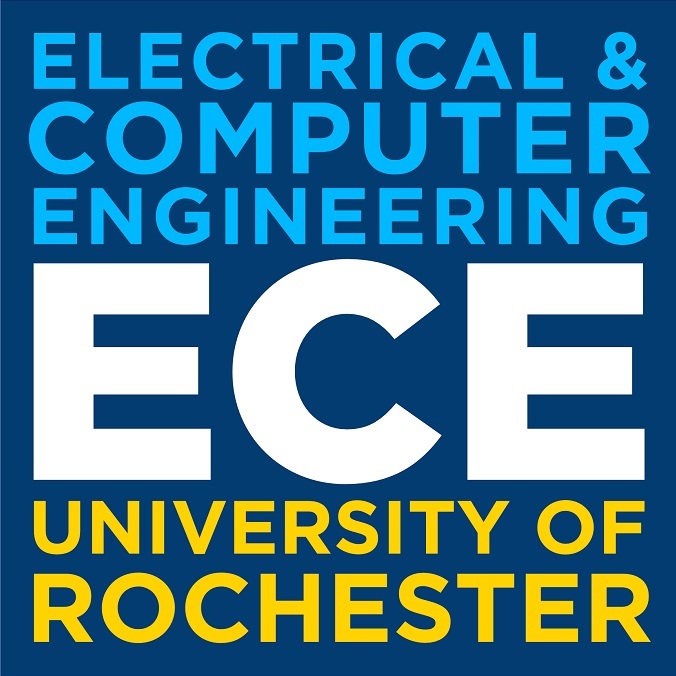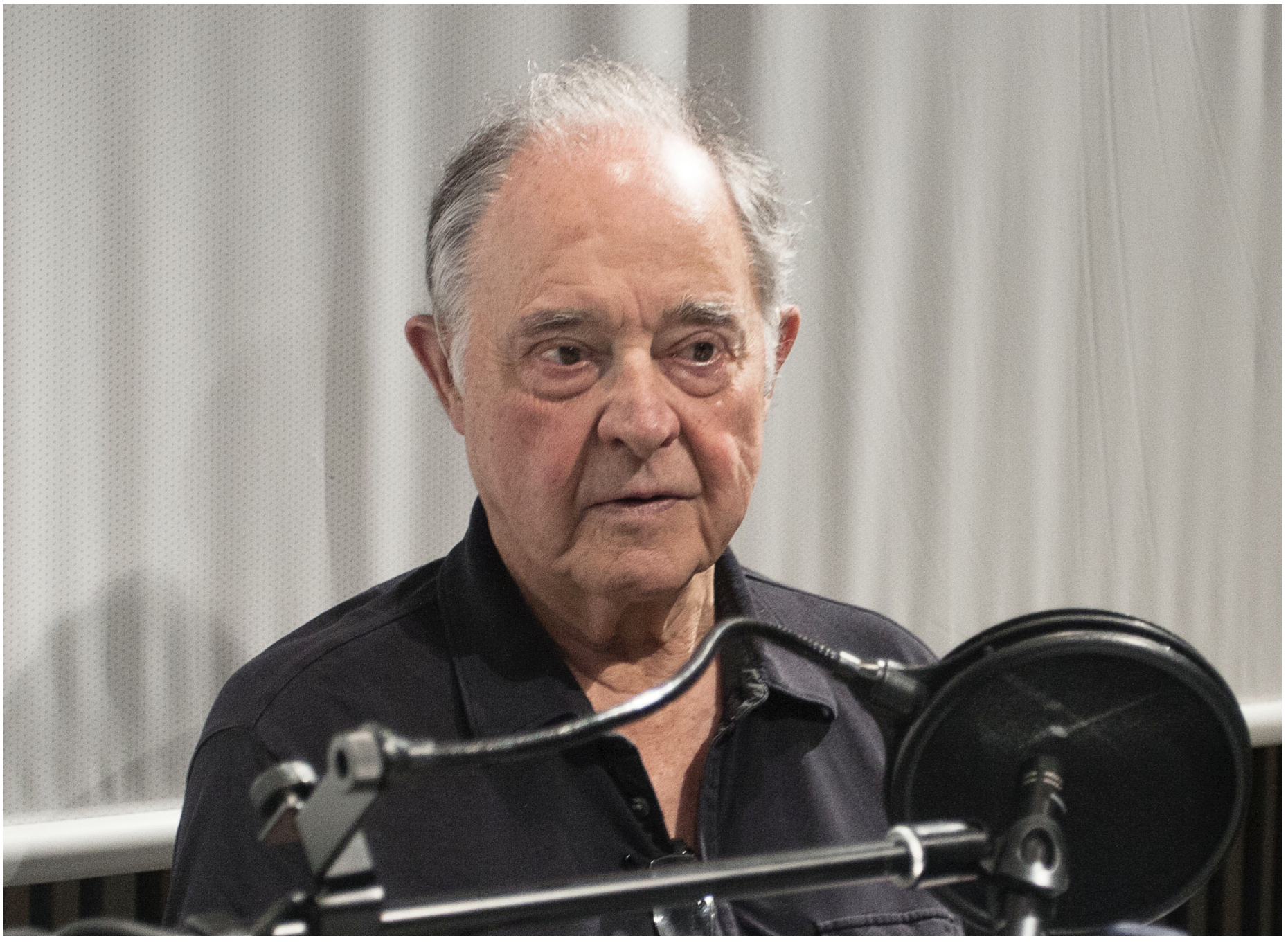ECE Seminar Lecture Series
Audio Engineering and Music and the Relevance of Abstraction
John Chowning, Stanford University
Wednesday, September 27, 2023
Noon–1 p.m.
Wegmans Hall 1400

In Celebration of the Audio and Music Engineering Program's 10th Anniversary and the Launch of the Audio Arts and Technology Program
In this presentation, I will review the scope of my experience, rooted in perception, in moving from the abstract to the concrete with research in spatialization, beginning in 1964 at the Stanford University AI Lab. In trying to comprehend the distance cue, I discovered FM synthesis in 1967. My ongoing interest in the distance cue led to a fascination with complex Lissajous figures and to my initiating in 2019, a multi-year project to recover the acoustics of the Chauvet Cave in southern France as they were when hunter-gatherers created the exquisite wall paintings 36,000-32,000 years ago. The wall paintings were epigraphs or abstractions of the hunt (their primary source of protein), during which they depended on distance estimation of both proximate prey and predator, especially during the time of little or no light.
In this demonstration, my describing details of spatialization provides an opportunity for reflection on shared perceptual cues as crucial to our prehistoric ancestors as they are to us today and on current technology as an abstraction that animates our agency through concrete audio/musical expression, as the abstract wall paintings animated their agency — the hunt!
The presentation makes use of sound-synchronous PowerPoint animations to explain the discovery and meaning of FM synthesis and spatialization. Bio: Chowning was born in Salem, New Jersey in 1934, spending his school years in Wilmington, Delaware. Following military service and four years at Wittenberg University in Ohio (B. of Mus), he studied composition from1959-61 in Paris with Nadia Boulanger. He received the doctorate in composition (DMA) from Stanford University in 1966, where he studied with Leland Smith. With the help of Max Mathews of Bell Telephone Laboratories and David Poole of Stanford in 1964, he set up a computer music program using the computer system of Stanford's Artificial Intelligence Laboratory. Beginning the same year he began the research that led to the first generalized surround sound localization algorithm in the digital domain. Chowning discovered frequency modulation synthesis (FM) in 1967. This breakthrough in the synthesis of timbres allowed a very simple yet elegant way of creating and controlling time-varying spectra. Inspired by the perceptual research of Jean-Claude Risset, he worked toward turning this discovery into a system of musical importance, using it extensively in his compositions. In 1973 Stanford University licensed the FM synthesis patent to Yamaha in Japan, leading to the most successful synthesis engine in the history of electronic musical instruments. An interview about FM synthesis was recorded on June 17, 2015, in Barcelona, https://rwm.macba.cat/en/sonia/sonia-212-john-chowning
Bio: Chowning was born in Salem, New Jersey in 1934, spending his school years in Wilmington, Delaware. Following military service and four years at Wittenberg University in Ohio (B. of Mus), he studied composition from1959-61 in Paris with Nadia Boulanger. He received the doctorate in composition (DMA) from Stanford University in 1966, where he studied with Leland Smith. With the help of Max Mathews of Bell Telephone Laboratories and David Poole of Stanford in 1964, he set up a computer music program using the computer system of Stanford's Artificial Intelligence Laboratory. Beginning the same year he began the research that led to the first generalized surround sound localization algorithm in the digital domain. Chowning discovered frequency modulation synthesis (FM) in 1967. This breakthrough in the synthesis of timbres allowed a very simple yet elegant way of creating and controlling time-varying spectra. Inspired by the perceptual research of Jean-Claude Risset, he worked toward turning this discovery into a system of musical importance, using it extensively in his compositions. In 1973 Stanford University licensed the FM synthesis patent to Yamaha in Japan, leading to the most successful synthesis engine in the history of electronic musical instruments. An interview about FM synthesis was recorded on June 17, 2015, in Barcelona, https://rwm.macba.cat/en/sonia/sonia-212-john-chowning
He taught computer-sound synthesis and composition at Stanford University's Department of Music. In 1974, with John Grey, James (Andy) Moorer, Loren Rush, and Leland Smith, he founded the Center for Computer Research in Music and Acoustics (CCRMA), which remains one of the leading centers for computer music and related research. Although he retired in 1996, he has remained involved in activities at CCRMA. In 2019 he initiated a long-term project to recreate, by means of computer modeling, the acoustics of the Chauvet Cave in France as they were when the exquisite 32,000-year-old wall paintings were created.
